The Goldfinch is one of the most anticipated films of the year, but it’s intriguing in more ways than one. Not only is it an adaptation of one of our favourite novels – Donna Tartt’s sprawling literary art-heist – but it stars two Aussies (Ashleigh Cummings and Nicole Kidman) and filming took place on a ‘green set’.
For Cummings, who plays Pippa, this aspect was a revelation. As an advocate for sustainability, Ashleigh only wears ethical clothes and beauty products, and tries to live as lightly as possible. That’s why she works with eco celebrity stylist Laura Jones, who is a fellow Australian, and the founder of The Frontlash, a fashion website dedicated to sustainability and activism.
Here, these two inspiring women share their experience of working sustainably in Tinseltown.
“I used to feel like a diva”
Ashleigh Cummings, 27, explains the joy of working on a ‘green set’ – and how she’s overcome the discomfort she once felt in asking for sustainable choices
“In the film industry, waste is very prevalent. There’s a lot of waste because we need things to be cheap and convenient, as we’re working with such large casts and crews that it’s just about getting the job done.
But on The Goldfinch, the executive producer, Mari Jo Winkler-Ioffreda, made it a ‘green set’ – the first I’ve ever worked on.
On this film, they didn’t print out call sheets, [the daily shoot schedule], they’d email them and they would include facts about the environment, too. I wasn’t laughed at for saying, “Do you mind if I get it in this bottle?,” or, “It’s OK, I’ll wait for lunch because I don’t want a takeaway container.” Because the head of production was responsible for filtering the message through on so many different levels, it became part of the fabric of the environment, and it wasn’t questioned, and everyone was working toward that goal.
I’d never seen that before on a film set; I was very fortunate to see Mari Jo at the helm of that. It plants seeds in people’s minds, and it’s bigger than asking someone to go to the water fountain, which is maybe a couple of rooms away, instead of just picking up a plastic bottle from the cooler. It’s all about education, and empathy.
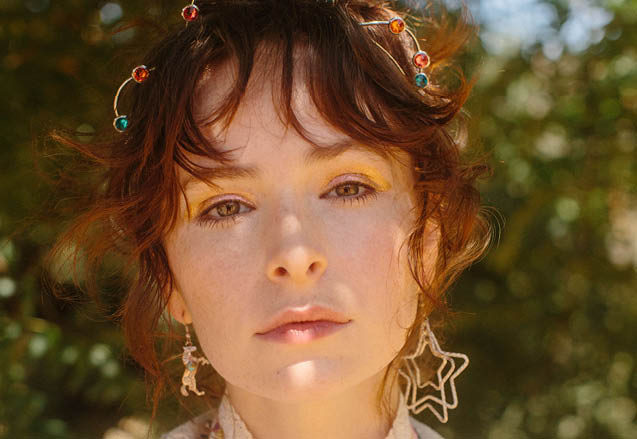
I remember my first meeting with publicists [for the film], and I said, “I am 100 per cent eco-friendly, and sustainable, and that extends to hair, makeup, and clothes, and I won’t compromise on that.” And most of the publicists said, “Uh, that’s not really done.”
It’s not easy and everyone around me has been working so hard, like Laura. It was such a relief to find her, because it was such a battle going in to stylist’s appointments. I’d have people saying, “What about just one sustainable item, and make that the feature, and the rest can be conventional?” And I was like “Nope.”
You feel like a diva, and you feel really guilty because you’re inconveniencing people, but inconveniencing the planet? I mean, it’s not just an inconvenience, it’s far worse. Asking a little bit more from people around me has become easier the more I think about the women that might be making my clothes, and that it’s not just an inconvenience to them. It’s factory fires, or it’s their livelihood, it’s them trying to support their family. I don’t have as much of an issue asking these days.
I love fashion, I love celebrating it, I love expressing myself, but I’m not defined by it and it took me a while to let that out. But I think looking at an item and just really asking if you need that new thing [is important] because we have such excess in our world.
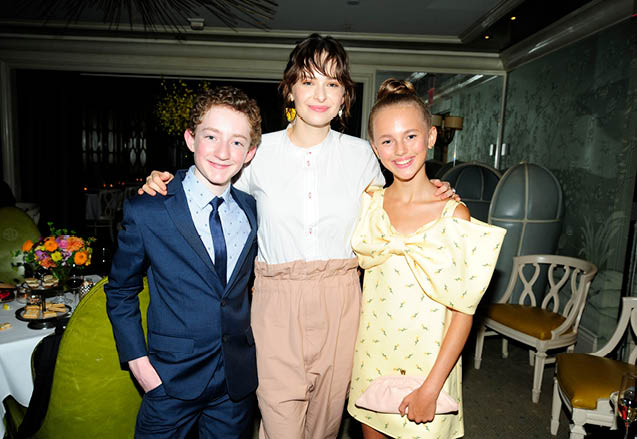
Travelling to Morocco in my time off reminded me to slow down in every way, to savour the moments and to truly look at what is around me—and I try to implement that with my wardrobe too. Feeling the fabric, thinking about what is actually a miraculous formation process: sowing seeds, harvesting, drying, dying, cutting, stitching, shipping. Then, feeling gratitude for whoever created it and wondering about who they might be.
Sustainability came to me in the form of harsh numbers and blunt statistics, but it’s turned into something far more transcendent in a way, and has moulded me into a better, fuller and ultimately happier person.
“You have to demonstrate that change can be made”
Stylist Laura Jones grew up in Camden, New South Wales, before moving to Sydney and then New York. She’s styled a host of celebrities including Alicia Keys, Katie Holmes, Rachel Weisz and Deborah Harry, and she also founded The Frontlash, a sustainable fashion site. She specialises in sourcing ethical fashion.
“Ashleigh had a hard time finding stylists in LA who shared her commitment to sustainable dressing because it’s specialised knowledge – there are a lot of different brands and if you are not fully immersed in the sustainable fashion space, it’s a huge task to know them. So as soon as she knew she was starting press and red-carpet appearances, her publicist reached out to me.
Styling is a very personal relationship – you have to really understand each other. There’s a lot of vulnerability that comes from doing press and red carpet. It’s a separate part of the role of an artist – as an actor, one moment you’re diving into a role and trying to bring a whole other person to life, and then you’re launched into the other side of it. You’re on talk shows, you go to press conferences and you’re on the red carpet, and all of a sudden people are judging how you look in a photograph. Are you the best dressed? I mean, it’s brutal.
And the stylist’s fitting room is a very vulnerable space – your vulnerabilities are there, whether they’re discussed implicitly or explicitly. So you have to place your trust in your stylist and quickly develop the same ‘style’ language. But, you know, Ashleigh has such a fun, playful, independent spirit, and we share a passion for wanting to amplify the message of sustainability and making it look good. I love working with Australian brands – there are so many incredible ones. Ashleigh has worn Kalaurie, ELK, Elizabeth Wiltshire. Bassike and KitX.
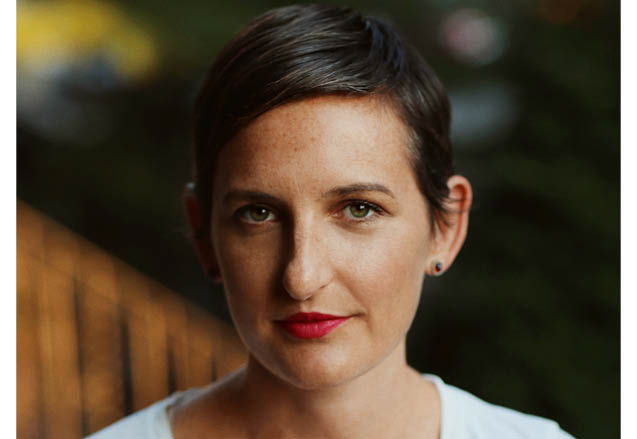
Green sets are still very new to the film industry, but at The Frontlash, all our shoots are green. I’ve worked on big music and TV sets, and they’re extraordinarily wasteful, in everything from the actual building of the sets to the disposable cutlery they use for catering. They’re like convenience on steroids, and convenience generates waste. Each department also prepares for its ‘worst-case scenario’, so they can quickly pivot if something changes, if something’s not working. So they have way more stuff than they need.
I think you have to demonstrate that change can be made, rather than lecturing people about it. If you were to go into a regular set and start sharing statistics about the environmental danger of plastic, people will feel demoralised – you’ve pointed out problems in the confines of a situation they can’t change. But if you’ve constructed an environment where the changes are being exhibited, then it really changes the whole conversation. I’ve found people feel encouraged and empowered.
Halfway through each Frontlash shoot – including our shoot with Ashleigh – we interview the talent about different issues related to sustainability and the environment, or feminism or whatever it may be. And the whole crew will get to hear their story and what inspires them, and invariably the mood for the rest of the shoot changes. It’s really uplifting, and builds a real sense of community.
Green sets are also cheaper, in my experience. From an organisational standpoint, maybe it takes a little more time, and obviously your time has a monetary value, but it’s not more expensive. It’s more efficient. And the other issue is that once you start this process of considering what you use [on shoots], that becomes the way you run your business.
Photographer: Carissa Gallo
Stylist: Laura Jones
Hair: Ericka Verrett
Make Up: Jenna Anton
Words: Sonjia Hyon




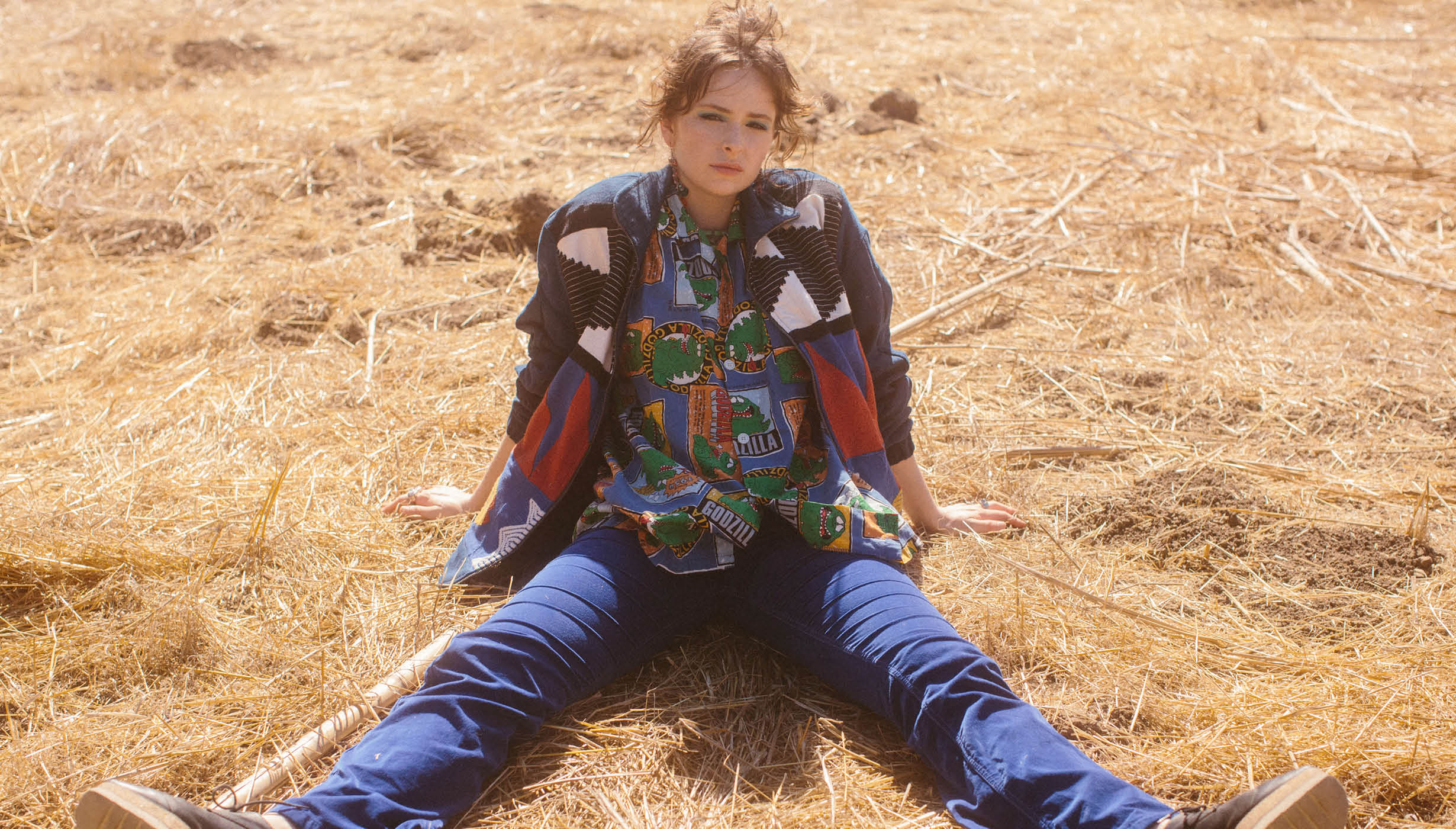
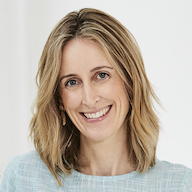



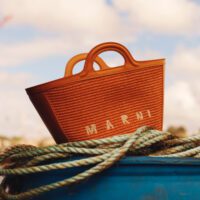
2 Comments